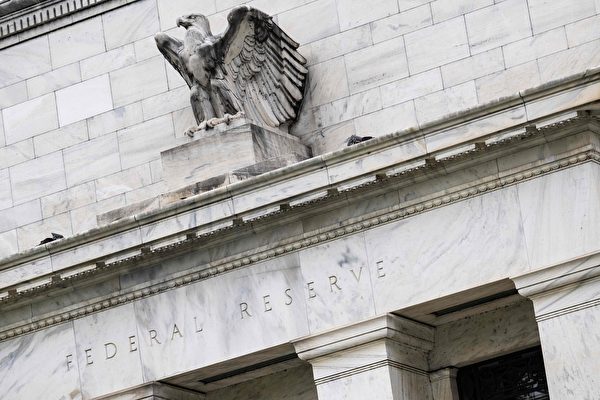31 major banks in the United States have passed the Federal Reserve’s annual stress test, demonstrating their ability to withstand a hypothetical scenario of severe recession with unemployment rising to 10% and a 40% drop in commercial real estate values. This has relieved concerns about the banking industry.
According to the Federal Reserve on Wednesday, including JPMorgan Chase, Goldman Sachs, and Bank of America, banks would lose nearly $685 billion in the hypothetical scenario, experiencing the largest capital hit in six years, but still meeting the minimum regulatory standards.
The scenario assumed a global economic downturn where commercial real estate prices fall by 40%, office vacancy rates surge, housing prices drop by 36%, stock prices fall by 55%, and unemployment reaches 10%. The Federal Reserve aims to ensure that banks can continue to provide loans to households and businesses in such circumstances.
Michael Barr, Vice Chairman for Supervision at the Federal Reserve (Fed), stated, “This year’s stress tests demonstrate that large banks have sufficient capital to meet the minimum capital adequacy requirements under high-pressure situations.”
“Our goal in conducting these tests is to help ensure that banks have enough capital to absorb losses in high-stress scenarios,” he added.
This annual exercise, initiated after the 2008 financial crisis, is seen as a key factor in rebuilding confidence in the banking industry.
Following the pandemic, work habits among Americans have changed, leading to a record-high office vacancy rate exceeding 20%. This has increased risks in commercial real estate, prompting investors to assess the extent of risk exposure in U.S. financial institutions through the Federal Reserve’s stress tests.
Chris Marinac, Director of Research at U.S. financial services firm Janney Montgomery Scott, told Reuters, “In many ways, people should take comfort that banks can weather a very severe storm.”
“However, this doesn’t mean the Federal Reserve believes that commercial real estate has emerged from the difficulties. It is still in the early phase of the credit cycle,” Marinac stated.
According to data from the Mortgage Bankers Association, lenders and investors collectively hold $4.7 trillion in outstanding commercial real estate mortgage loans, with $929 billion set to mature in 2024, attracting significant attention to commercial real estate.
Moody’s Ratings stated that analysts predict commercial real estate will face painful liquidation, noting banks still face “considerable concentration risk.”
Among the banks tested, Goldman Sachs had the highest commercial real estate loan loss rate at 15.9%. RBC USA, Capital One, and Northern Trust followed closely, with projected loss rates of 15.8%, 14.6%, and 13%, respectively.
However, one criticism of the Federal Reserve stress test is that it did not include regional banks that hold a significant portion of commercial real estate loans. Regional lending institutions face lighter regulation compared to larger banks.

